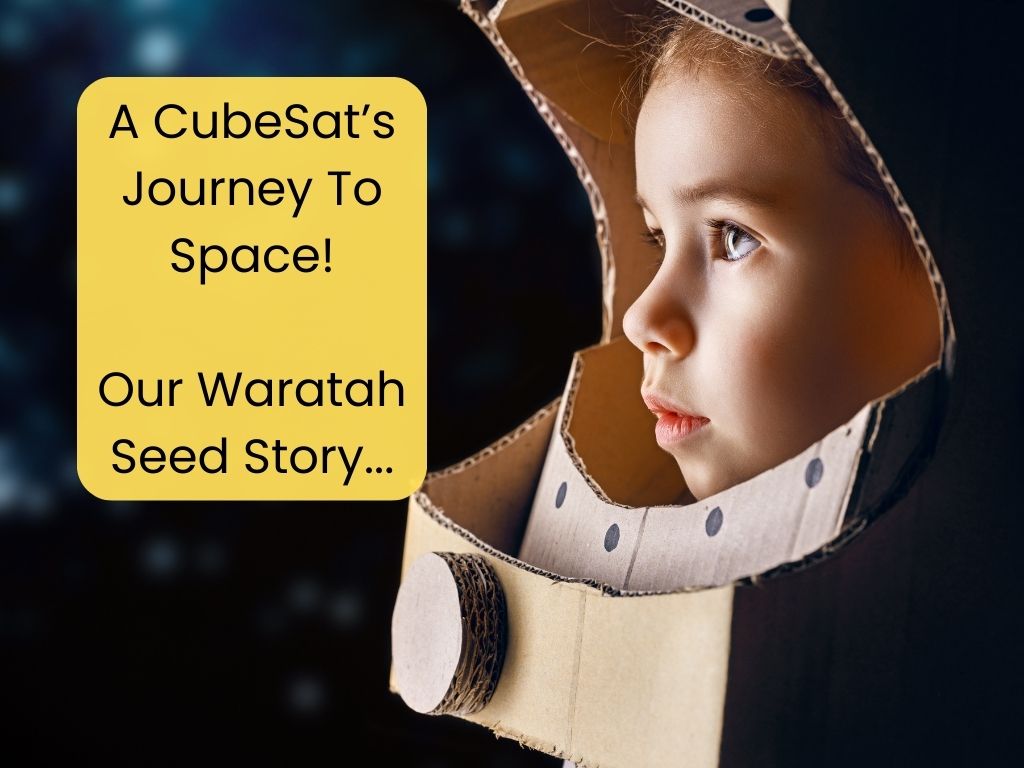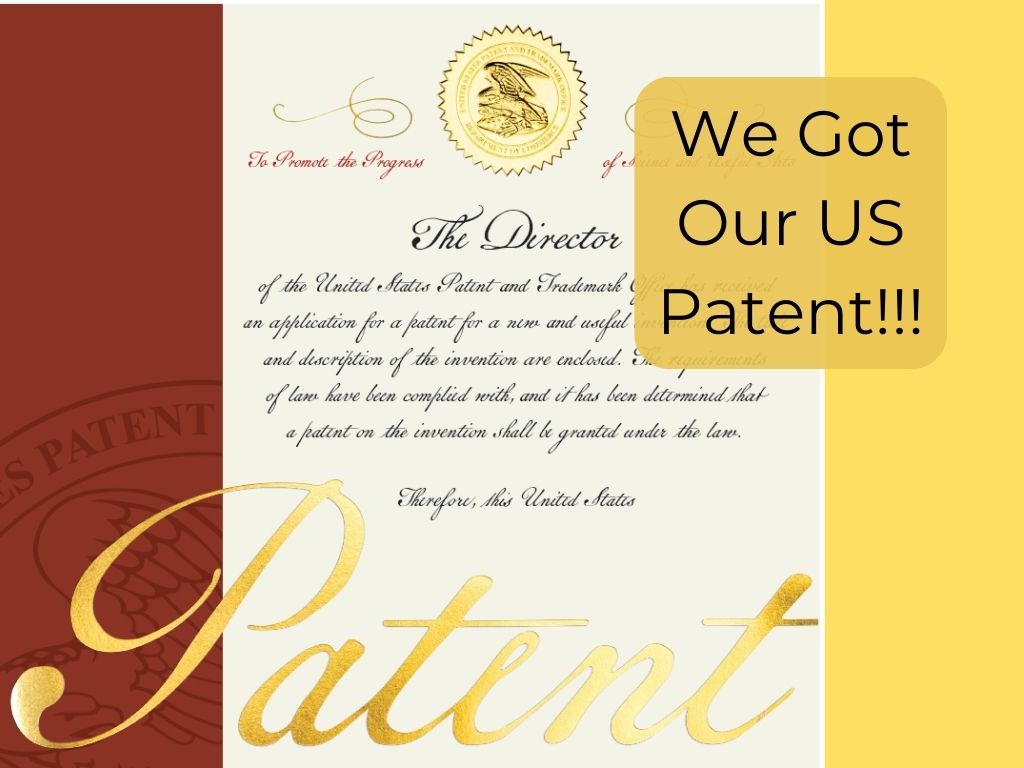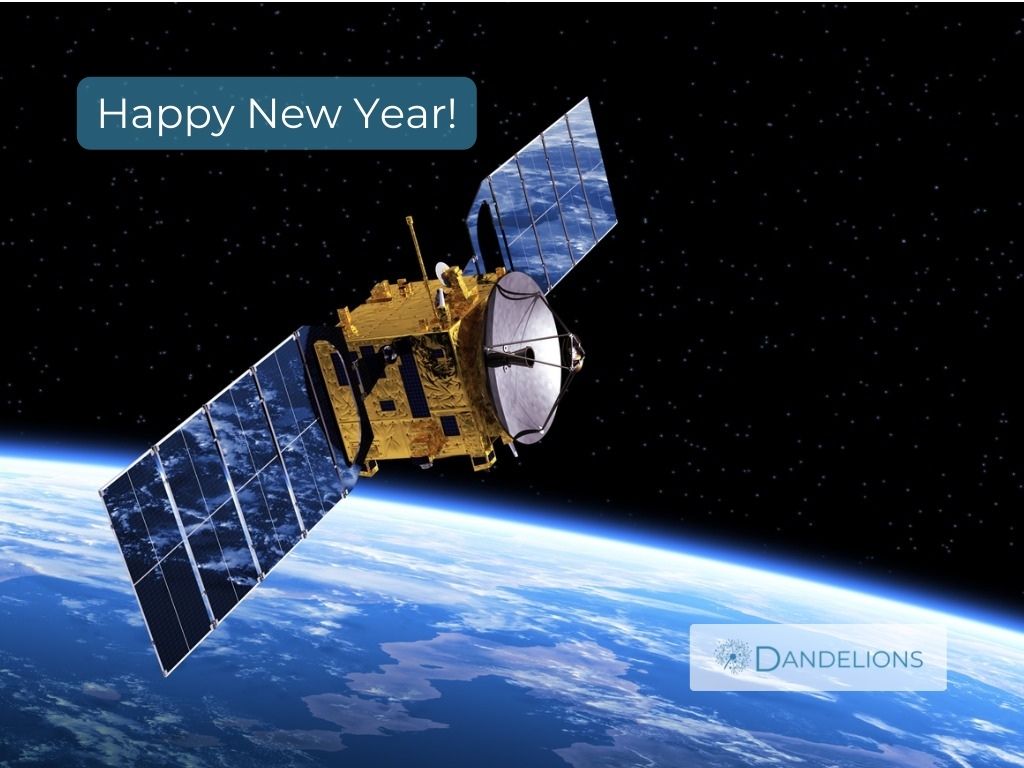Dandelions, originally known as Wise Networking, began as the brainchild of Brian Lim, and sprouted from a collaboration of the first team members.
Alex’s Story
Back in late 2018 I met Brian at a space related hackathon. It was pretty obvious he was an enthusiastic builder. Coming from a background in network engineering, it was unusual to see a man that was simultaneously a part of the Aussie space industry, and interested in building aircraft.
While I didn’t know what his plans were, I knew I had to be a part of the adventure. Out of the blue, I asked him if he had an opening for an internship opportunity. He was sceptical, but was generous enough to give me a chance. Over the next week, we exchanged emails, and it became clear to him that he could use someone with a background in aeronautical engineering, and it became clear to me that working on a new aerial technology that could help emergency services was a once in a lifetime opportunity.
That following summer I worked with Brian and got to know the rest of the team. The first order of business was to flesh out the design of a novel aerial delivery vehicle that we joyfully coined: the Gyrochute. Our goal was to keep people connected to their loved ones and first responders during disasters.
The worst fear is not knowing where your loved ones are, or not knowing if they’re okay.
The first months were a breeze with small scale aerial tests conducted inside our then offices at Olympic Park in Sydney's west. We were lucky to be in the space, and were surrounded by other inspirational startups. However, by mid 2019 it became apparent that the location was no longer working for our team. We had to move out and find a new location.
It was difficult to make progress, and we had lost our testing space. The saving grace was Saber Astronautics lending us a hand, and allowing us to co-lease in their offices.
We slowly got back on track, and began growing the team, with a focus on developing the electronics package. Despite personnel changes, by 2020 we had a number of prototypes built, tests under our belt, and a broader vision of the company’s capabilities and where we wanted to go.
But like many others, we were about to learn a brand new acronym, Covid19.
This was another hurdle to overcome. Like most companies the first thing to do was to learn how to make a startup work from home.
We scaled down operations somewhat in the first half of the year, work was slow, and we focused on simulations rather than physical testing. When COVID lessened its grip, we took full advantage, and scaled up with a larger team, and larger goals.
These two years have been an incredibly important part of my life; both being a part of this evolving community, and working on such a high impact technology.
Today, we have set our sights on testing our prototype Gyrochute from a hundred thousand feet (expected mid 2021), but also an electronics mission to low earth orbit.
We’re certainly not finished; we have big dreams and even bigger projects on the horizon.
Summary
In the coming days we hope to showcase some of our proudest moments on this blog.
It is a journey of discovery, as we try to bring a brand new aerial vehicle to the market, so be sure to stay tuned to our work and we would love to know what you think!


